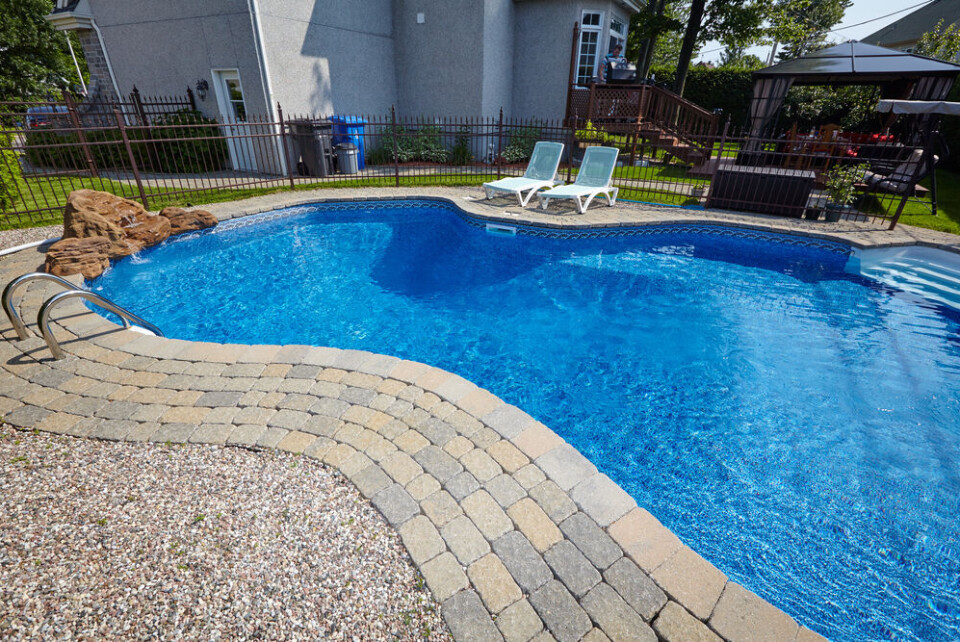-
Hosting scheme in south-west France lets newcomers sample lifestyle
Households in nine Dordogne communes volunteer under Mes Nouveaux Voisins scheme
-
How long does it take to sell property in different areas of France? New study
Many major cities are showing signs of recovery when it comes to supply, demand, prices, and time to sell
-
Paris pledges action against voyeurs in public swimming pool changing rooms
It comes after several women came forward to report similar sexual assaults
Stop stigmatising us during droughts, say pool owners in France
Pools only account for 0.06% of nation’s water usage, says industry federation

Owners of swimming pools in France say that these are not an excess drain of water during summer months.
Despite being the focal point of much chagrin during this year’s droughts – even being banned in one department – pools consume a relatively low amount of water.
In fact, the 3.4 million private pools in France account for only 0.06% of the nation’s water use, stated the Fédération des professionnels de la piscine et du spa (FPP) at a press conference earlier this week.
“We were stigmatised during the drought, even though our pools consume very little water,” said the federation’s president Stéphane Figueroa.
Number of pools built decreased this year
The federation’s leaders pointed to the Pyrénées-Orientales department and its choice to ban pools earlier this year as a prime example of what they see as unfair treatment.
The department banned the sale of all above-ground pools, leading to backlash and a legal dispute with the FPP.
The move, however, allegedly reduced water consumption by 30% in the department, but for the FPP this is an outlier and such measures do not widely impact how much water is used.
“Spain, which is facing the same difficulties, has never considered banning swimming pools," said Stéphane Loda, mayor of Canet-en-Roussillon, close to the border between the two countries.
The stigma against pools has ended up creating a negative economic effect, with the number of pools built in the first nine months of 2023 being 15% lower than its 2022 counterpart.
This is however still almost 9% higher than pre-Covid (2019) figures.
How much water do pools really consume?
The figures from the FPP mentioned above were even lower than the 0.15% of national water usage initially estimated by the federation.
A ‘standard’ pool (4x8 metre in-ground family pool) uses about 7 cubic metres of water per year, and the 3.4 million pools in France combined use about 24 million m3.
In comparison, around 1 billion cubic metres of water is lost to leaks, both in homes and France’s water infrastructure.
Regional breakdowns show that more water is consumed in the south-east, where it is hotter and there is less rainfall.
In Aix-en-Provence, the average pool uses 7.39 m3 of water, whereas in Toulouse they only use 3.40 m3.
In Bordeaux, one of the lowest areas, pools use only 1.26 cubic metres per year on average.
Does this turn people away from pools?
Despite the negative views held by many regarding private pools – and the strict measures placed upon them in areas hit by droughts – the French have not been turned off from the idea of having their own pool.
The results of a survey commissioned by the FPP state that 71% of people who want their own pool are not discouraged by the threat of drought restrictions.
Read more: Swimming pool still adds value to French property despite droughts
In general, as long as pools are filled before drought warnings come into place in your commune, careful management of the pool means they should not need a second ‘filling’ throughout the summer.
Related articles
What is France's 'drought' website VigiEau?
France drought: checks find hundreds breaking water usage rules
























